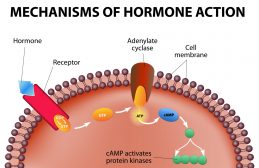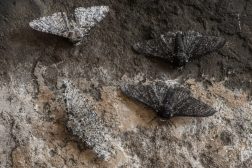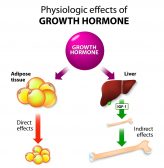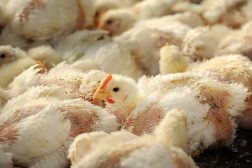Definition
noun, plural: tertiary consumers
Any organism that consumes or feeds largely on primary and secondary consumers
Supplement
An ecological pyramid is a representation in the shape of a pyramid to show the feeding relationship of groups of organisms, and the flow of energy or biomass through the different trophic levels in a given ecosystem. In this pyramid, the organisms are grouped into different trophic levels. A trophic level is a position in the ecological pyramid that classifies organisms according to the mode by which they obtain their nourishment. Producers (autotrophs) are found at the base (bottom position) of the pyramid. They are capable of manufacturing their own food by utilizing inorganic sources and processing them such as by photosynthesis. Consumers are found on the next trophic level. They are not capable of photosynthesis and therefore derive their nourishment directly from other organic matter. They feed on producers and/or other consumers. At the top of the pyramid is the group of detritivores or decomposers, which break down dead organic matter.
Consumers are organisms that derive their nutrients largely from an organic matter, such as animals and plants. These organisms rely on hunting, parasitism, predation, etc. in order to obtain food. In a food chain, consumers may be grouped into primary consumers, secondary consumers, and tertiary consumers. Tertiary consumers are largely comprised of carnivores that feed largely on the primary consumers and secondary consumers. For instance, carnivores that feed on other carnivores are considered as tertiary consumers.
Synonym(s):
- third-level consumer
Compare:
See also:







